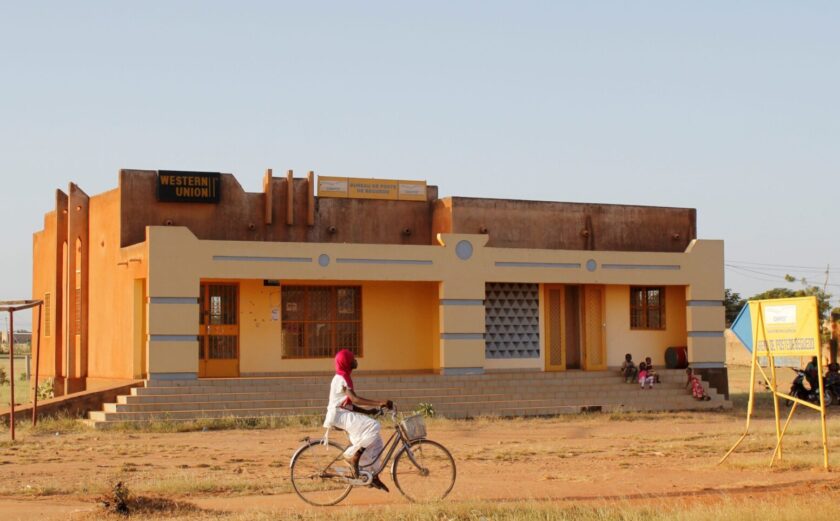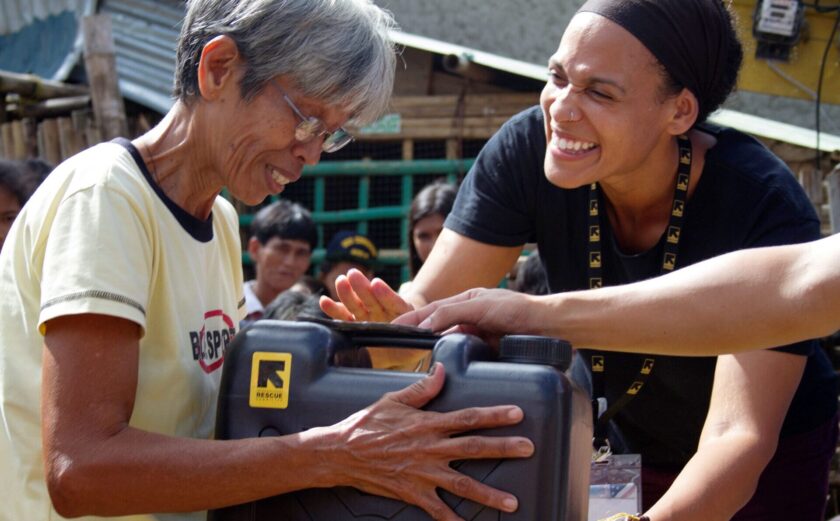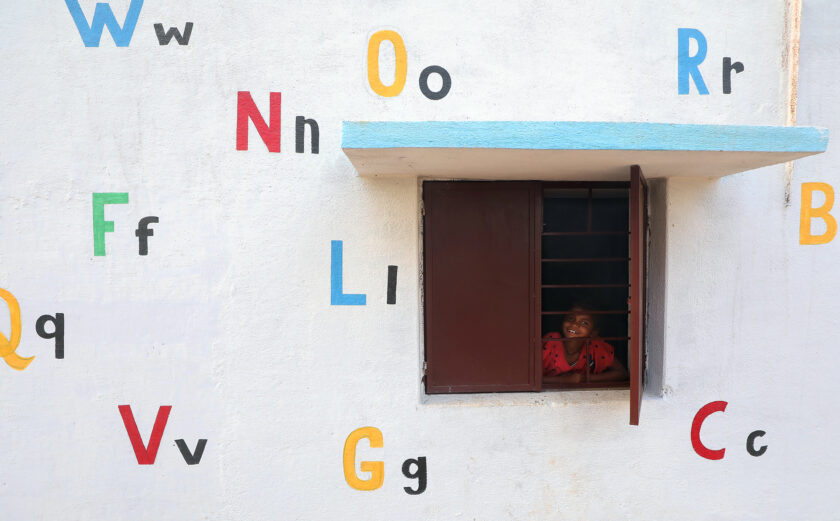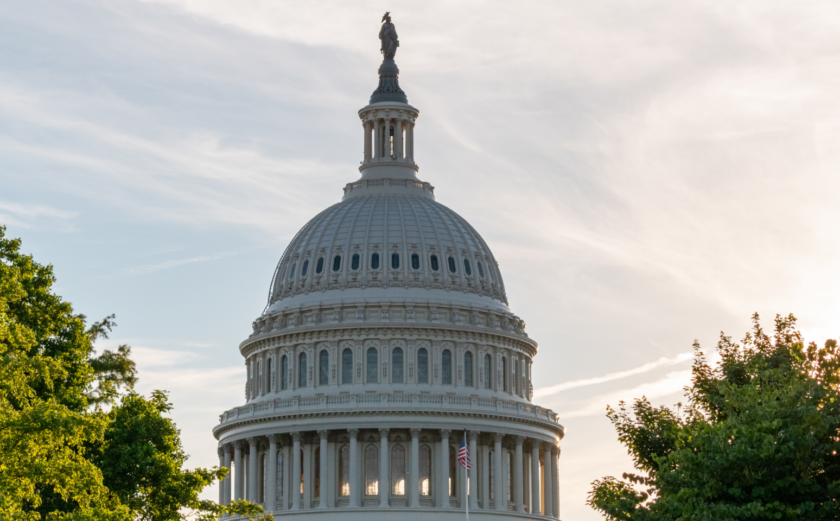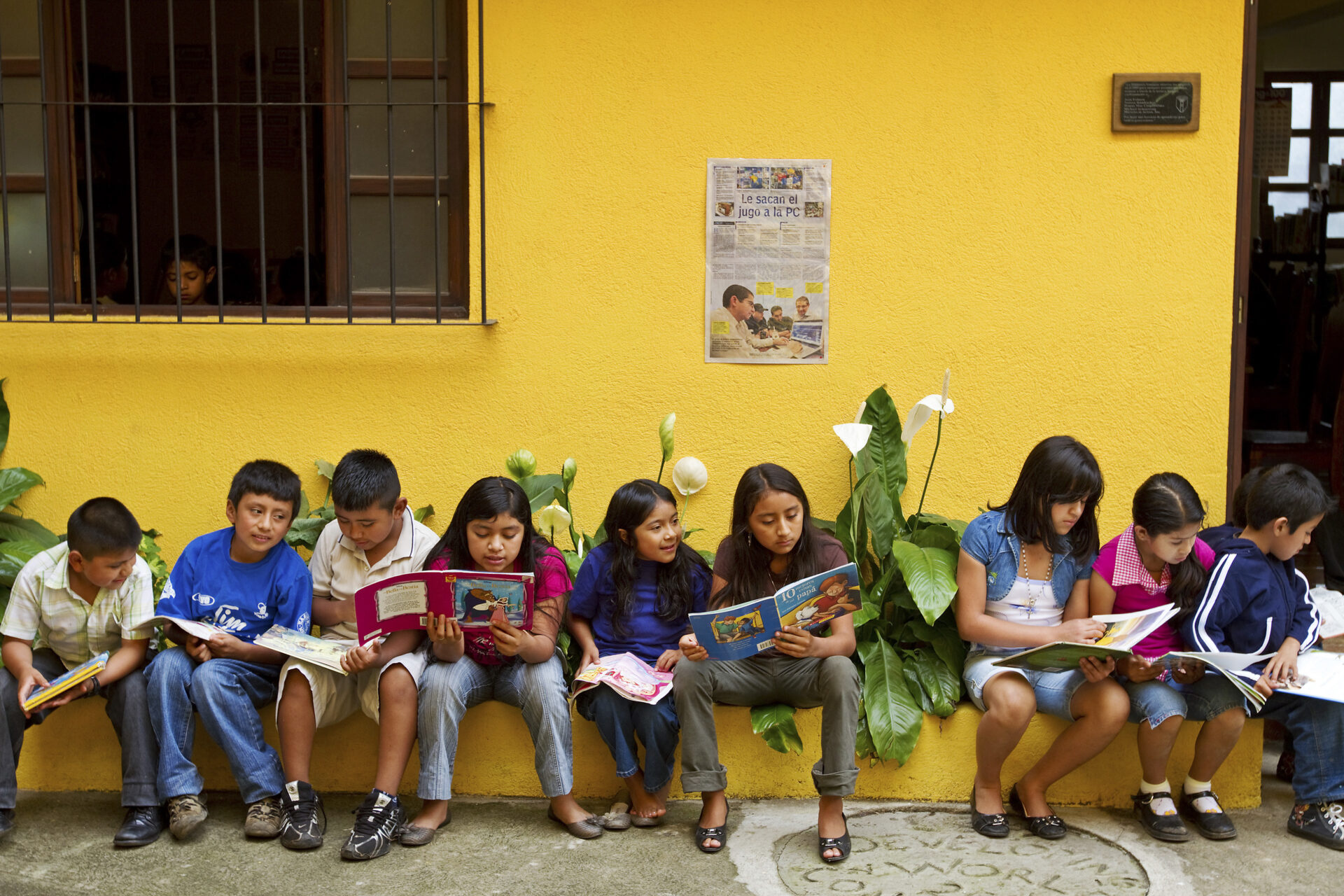
Taking a Common-Sense Approach for Children and Youth Policies and Programs
All children and youth—from infancy to adolescence to young adulthood—should have the opportunity to reach their fullest potential. Ongoing global crises, such as the COVID-19 pandemic, climate change, mounting food insecurity, and ongoing conflicts, risk the health, well-being, and economic security of an entire generation of young people.
To meet this moment, the Children & Youth Working Group is advocating for a common-sense approach to U.S. foreign assistance funding, policies, and programs that recognize the critical and interconnected needs of children and youth regardless of where they live. Working group members look forward to working with the Administration and Congress to explore how the U.S. Government (USG) can respond to this pivotal generational moment.
The following policy recommendations aim to better integrate and elevate children and youth across the USG, bridging sectoral divides and accounting for the entire lifecycle of a young person. These recommendations follow numerous conversations with relevant stakeholders, including USG officials and the staff members of NGOs working with and for children and youth globally. As a result of those discussions, the working group has determined four distinct areas of growth, critical to the development of children and youth around the world:
- Track and right-size investments in children and youth
Currently, there is no comprehensive accounting of U.S. investments in children and youth through development and humanitarian assistance. Increased transparency and better tracking mechanisms will help determine where new investments or increases in existing investments are needed, resulting in more effective, sustainable programming and less wasteful spending in the process. The working group proposes that the U.S. Department of State and USAID report annually and publicly on the amount of money spent on children and youth, and disaggregate the data by demographics, including age range, gender, disability, minority, crisis-affected, and other categories of target populations. - Senior leadership
Existing and named USAID and Department of State positions focused on children and youth currently lack the authority and budget control to oversee multisectoral efforts and inter- and intra-agency collaboration. The working group recommends an empowered and expanded role for a senior-level official with policy and budgetary authority dedicated to children and youth. - Meaningful engagement with children and youth
As youth experience firsthand the ongoing and traumatic impacts of events such as climate change, racial injustice, and the COVID-19 pandemic—as well as the mental health challenges triggered by these events—they are uniquely poised to offer solutions to these issues. The USG should develop mechanisms and platforms to facilitate the direct participation of young people from diverse backgrounds and marginalized communities in decision-making processes. - Child impact statements
The working group recommends agencies routinely include child impact statements as part of policy and decision-making processes to explicitly integrate children and youth issues into the USG’s policymaking. Impact statements on children and youth would provide a systematic process to answer fundamental questions about outcomes for health, education, safety, family and community unity, economic security and mobility, development, and identity.
To read more about the recommendations, please see HERE. For more information on InterAction’s Children and Youth Working Group, please contact Daisy Francis or Caitlin St. Amour.
